
Green hydrogen a “shore” way to decrease shipping emissions
Statkraft wants to take a leading role as a producer of green hydrogen and green hydrogen-based fuel in hubs with several types of consumption. Bjørn Holsen, SVP of New Business, gave a presentation in Munich on 13th May 2022, at the Green Hydrogen Forum about sectors and applications for fuel cell transportation and mobility.
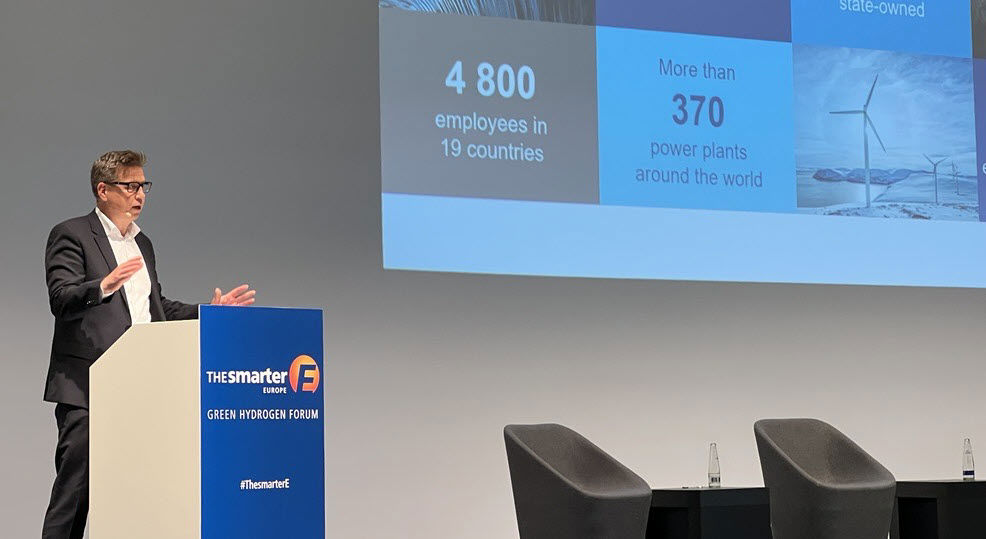
We are Europe's largest producer of renewable energy and as such, there are many reasons for us to take a big role when it comes to green hydrogen. From a business perspective, it makes a lot of financial sense. Our number one priority, if it wasn’t already obvious, is producing renewable power. It will become more and more cost efficient to add green hydrogen into the mix to reduce overall CO2 emissions.
What is far more important than financial gain, however, is that we cannot achieve climate goals without emission-free hydrogen. In Statkraft's Low Emission Scenario, our yearly analysis of the energy world towards 2050, we’ve long spoken about the key role green hydrogen will play in the power system of the future.
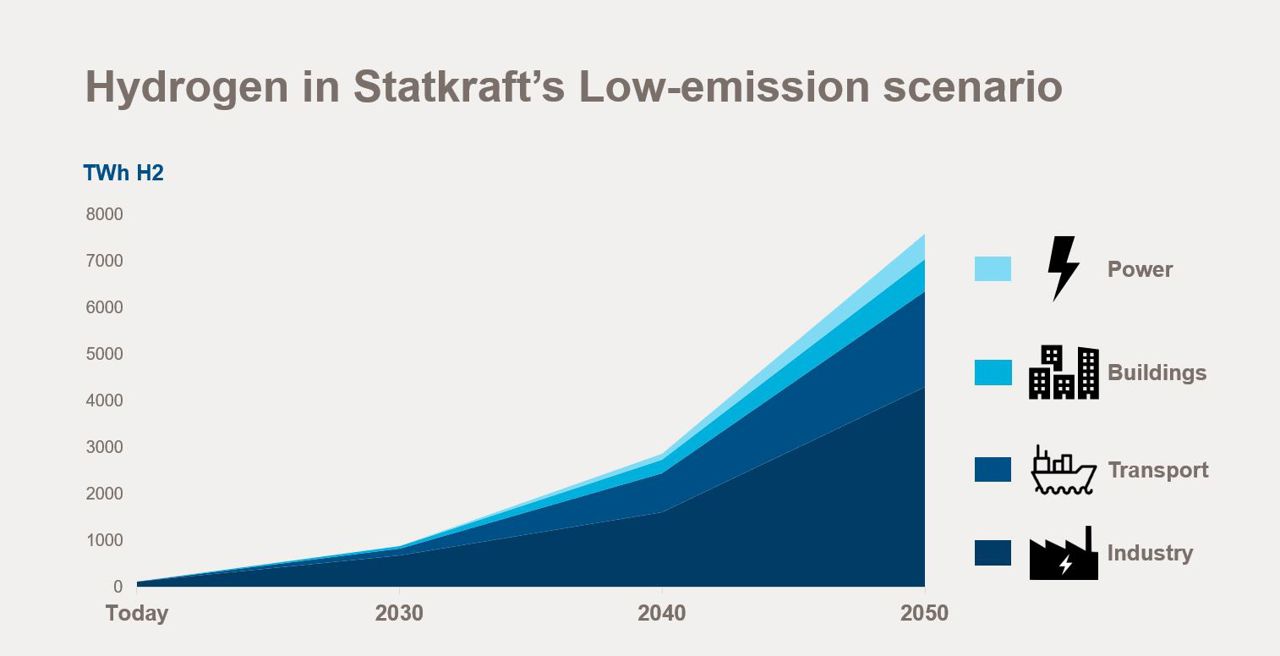
According to a recent report from S&P Global, maritime shipping currently accounts for around 2% - 3% of global C02 emissions – but by 2050, this figure could be closer to 17%. The same article details the scale of the global supply chain role that international cargo and container ships play - but at the same time, the industry hasn’t been seen to be making many inroads towards net zero targets.
A first step in solving this challenge is to revolutionise the way we fuel cargo ships – no small feat given the tremendous power needed for the long journeys the big ships make.
For short distances, batteries or compressed hydrogen will be able to de-carbonise ferries and riverboats. Medium-range fast boats and coastal vessels will run on compressed hydrogen. Ammonia-fuelled ships are becoming a climate-friendly alternative for long sea routes, as CO2-free ammonia has a higher energy density than compressed or liquid hydrogen.
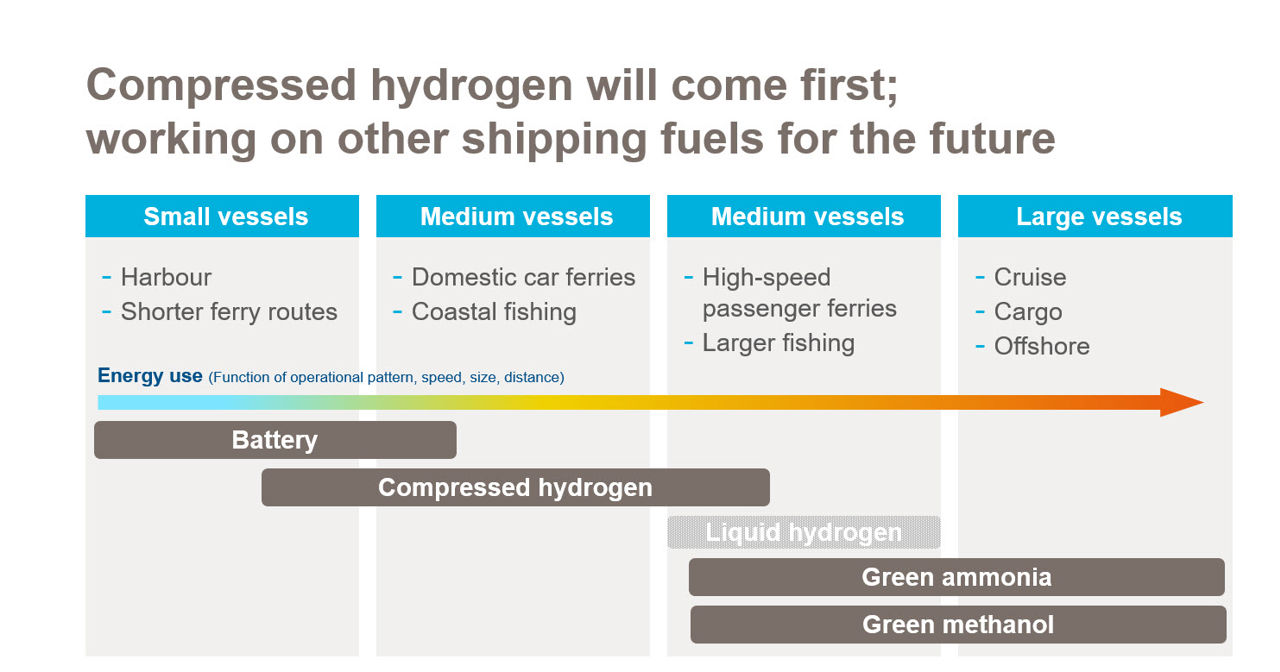
While there’s still a way to go in terms of being able to produce clean fuel for large container ships at scale, Statkraft is set to help pave the way towards making this a reality. Together with Skagerak Energi, Statkraft was last year appointed to provide green hydrogen to the world’s first green hydrogen powered cargo ship. The vessel will transport cement and grains from West Norway to East Norway and is set to become operational at the end of 2023.
A fuel revolution
We’re in the infancy of its potential. With clean hydrogen being touted as the future fuel of the EU, having the ability to utilised for much greater distances due to its storage capacity than batteries, for example, being at the forefront of utilising the great potential of green hydrogen is very exciting.
In other transport sectors, battery and hydrogen-powered trucks are set to become competitive with diesel trucks by 2030 The choice between battery or hydrogen powered trucks depends mainly on driving time, load, and flexibility requirements. For urban transport and local freight transport with relatively regular driving patterns, battery-powered trucks are likely to be the preferred option.
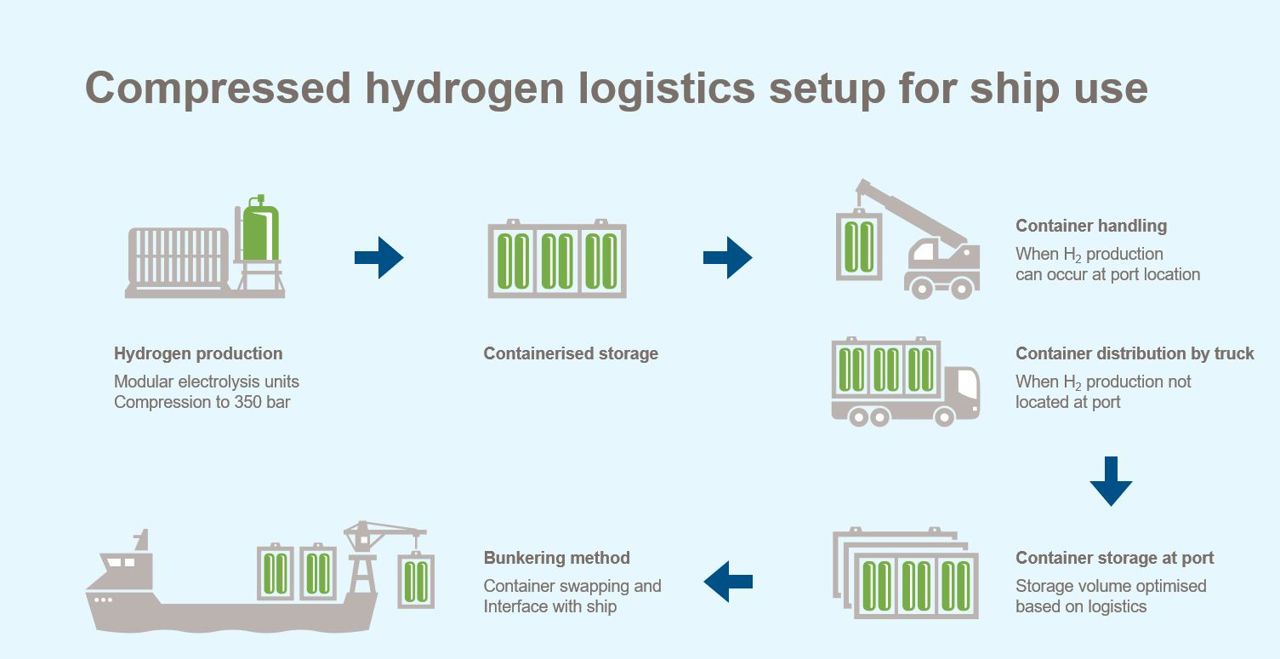
We know how important green hydrogen innovation is to our home market – and indeed, Norway has very good conditions for hydrogen production based on renewable energy - but it’s also taking a leading role in other countries net-zero strategies.
The UK, for example, aims to replace up to one fifth of natural gas with green hydrogen by 2030. In Germany, the traffic and transport sector accounts for around 20% of total greenhouse gas emissions and it’s expected that green hydrogen will play a very important role in helping the country meet its own targets. In late 2020, Statkraft Germany signed a Letter of Intent with Energiepark Emden to produce green hydrogen for local transport suppliers.
Our current focus is on hubs where you have several types of consumption, preferably with both industry and transport. Norway and Sweden fit well together in this respect, as an example - Norway with the process industry and the maritime sector and Sweden with the steel industry and road transport (truck manufacturers).
The future is green (hydrogen)
Most emission-free hydrogen will be used in industry, both to replace existing grey hydrogen, and to reduce emissions in sectors where direct electrification is impossible or too expensive, e.g., in the steel industry.
With today's high gas prices and sky-high ambition levels across Europe, the growth curve for green hydrogen in the next few years could be even steeper than we’ve imagined.
-

Bjørn Holsen
SVP Hydrogen
Related content

Aker Horizons and Statkraft Partnering to Explore Green Hydrogen and Ammonia Opportunities in India and Brazil
Aker Horizons, through its portfolio company Aker Clean Hydrogen, and Statkraft have signed collaboration agreements to jointly explore opportunities for green hydrogen and ammonia production in India...
Read more

Hydrogen: A new market on its way
When the industry sector needs to go green, hydrogen will be a preferred alternative to fossil fuels. In transportation, battery power works fine for passenger electric cars, but when ships and trucks...
Read more
Green hydrogen
With more than a century of experience in renewable energy production, Statkraft has explored the potential of providing green hydrogen as a climate-friendly alternative to fossil fuels for industry a...
Read more
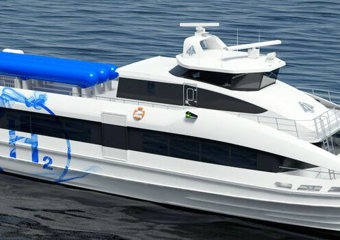
Hydrogen for high-speed crafts and other coastal vessels
Statkraft, TrønderEnergi and Hyon have entered a collaboration aiming to establish a value chain that can deliver pressurised hydrogen for high-speed crafts and other coastal vessels.
Read more